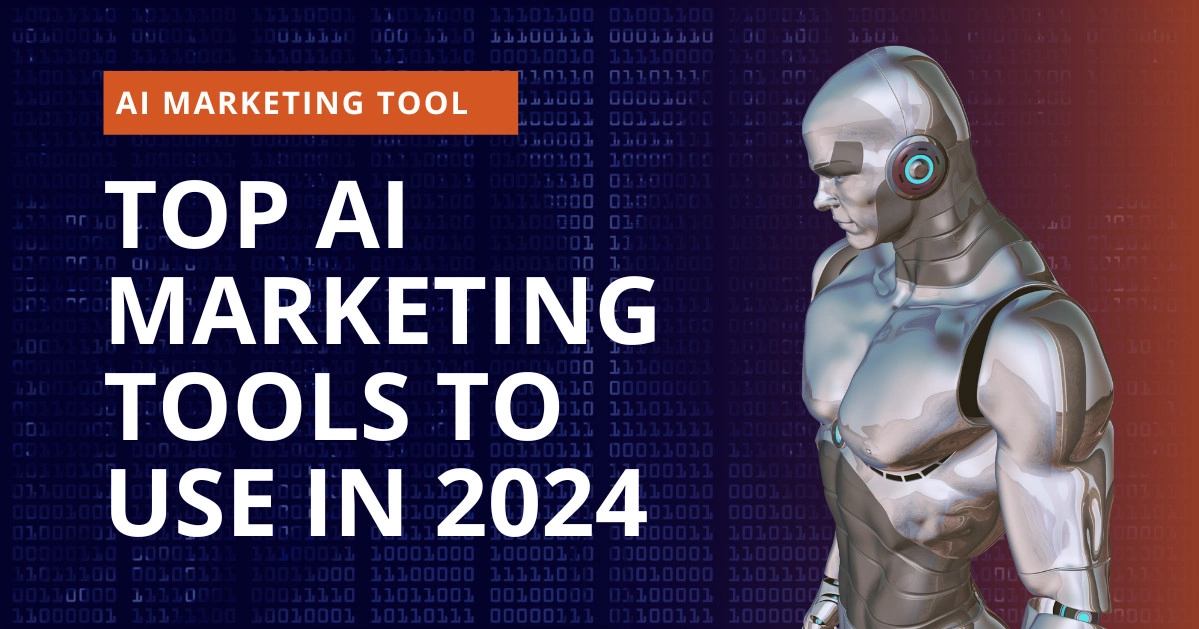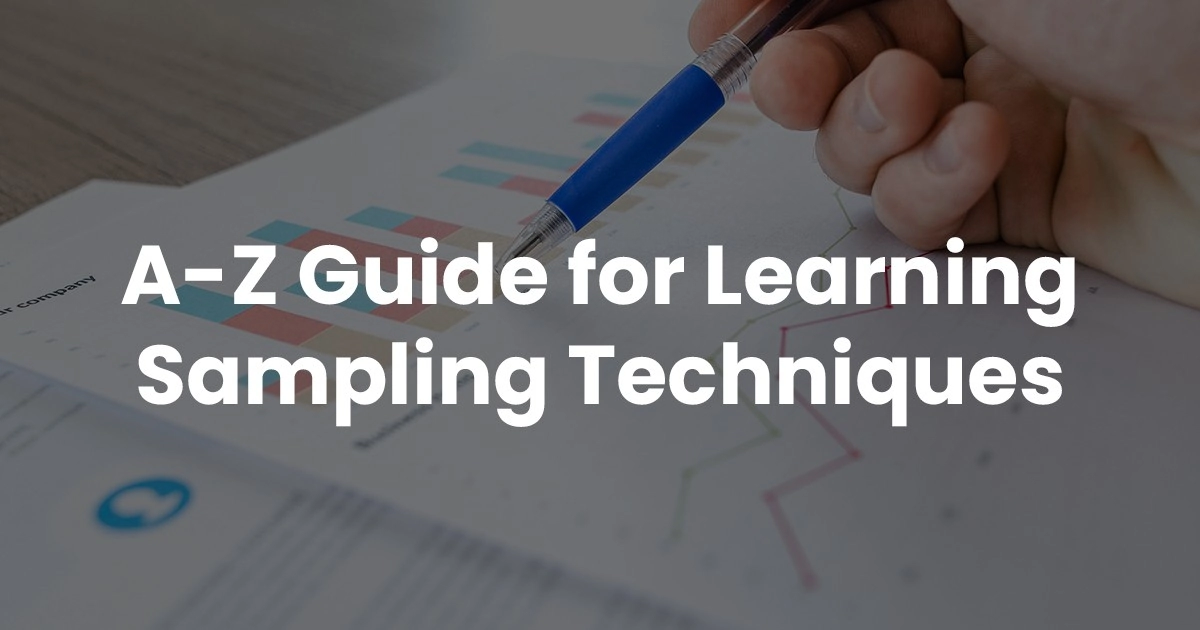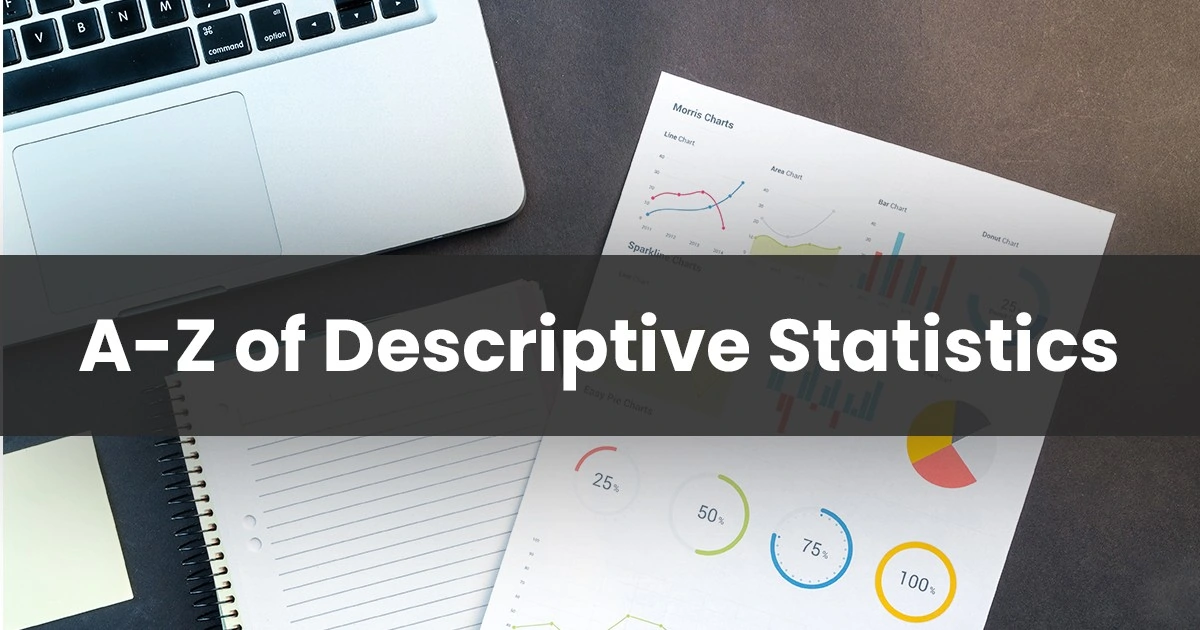Let’s put our boards to stream down the Big Data Interview Questions.
The era of Big Data is at an all-time high and is contributing to the expansion of automation and Artificial Intelligence. Big Data is everywhere around us and tied to the Internet of Things (IoT), making Data Science positions the hottest roles in the field of technology. From predicting the future, streamlining business services and contributing to healthcare systems, Big Data professionals are in high demand in all industries.
Interviewers typically look at your portfolio and ask applicants a series of questions to assess their understanding of foundations, professional expertise, and capabilities.
In this article, we’ve compiled a list of the most commonly asked Big Data interview questions asked by employers to help you prepare and ace your next Data Science interview.
Big Data Interview Questions
1 – Define Big Data And Explain The Five Vs of Big Data.
One of the most introductory Big Data interview questions asked during interviews, the answer to this is fairly straightforward-
Big Data is defined as a collection of large and complex unstructured data sets from where insights are derived from Data Analysis using open-source tools like Hadoop.
The five Vs of Big Data are –
- Volume – Amount of data in Petabytes and Exabytes
- Variety – Includes formats like videos, audio sources, textual data, etc.
- Velocity – Everyday data growth which includes conversations in forums, blogs, social media posts, etc.
- Veracity – Degree of accuracy of data available
- Value – Deriving insights from collected data to achieve business milestones and new heights
2- How is Hadoop related to Big Data? Describe its components.
Another fairly simple question. Apache Hadoop is an open-source framework used for storing, processing, and analyzing complex unstructured data sets for deriving insights and actionable intelligence for businesses.
The three main components of Hadoop are-
- MapReduce – A programming model which processes large datasets in parallel
- HDFS – A Java-based distributed file system used for data storage without prior organization
- YARN – A framework that manages resources and handles requests from distributed applications
3- Define HDFS and YARN, and talk about their respective components.
The Hadoop Distributed File System (HDFS) is the storage unit that’s responsible for storing different types of data blocks in a distributed environment.
The two main components of HDFS are-
- NameNode – A master node that processes metadata information for data blocks contained in the HDFS
- DataNode – Nodes which act as slave nodes and simply store the data, for use and processing by the NameNode
The Yet Another Resource Negotiator (YARN) is the processing component of Apache Hadoop and is responsible for managing resources and providing an execution environment for said processes.
The two main components of YARN are-
- ResourceManager– Receives processing requests and allocates its parts to respective NodeManagers based on processing needs.
- NodeManager– Executes tasks on every single Data Node
4 – Explain the term ‘Commodity Hardware.’
Commodity Hardware refers to the minimal hardware resources and components, collectively needed, to run the Apache Hadoop framework and related data management tools. Apache Hadoop requires 64-512 GB of RAM to execute tasks, and any hardware that supports its minimum requirements is known as ‘Commodity Hardware.’
5 – Define and describe the term FSCK.
FSCK (File System Check) is a command used to run a Hadoop summary report that describes the state of the Hadoop file system. This command is used to check the health of the file distribution system when one or more file blocks become corrupt or unavailable in the system. FSCK only checks for errors in the system and does not correct them, unlike the traditional FSCK utility tool in Hadoop. The command can be run on the whole system or on a subset of files.
The correct command for FSCK is bin/HDFS FSCK.
6 – What is the purpose of the JPS command in Hadoop?
The JBS command is used to test whether all Hadoop daemons are running correctly or not. It specifically checks daemons in Hadoop like the NameNode, DataNode, ResourceManager, NodeManager, and others.
7 – Name the different commands for starting up and shutting down Hadoop Daemons.
To start up all the Hadoop Deamons together-
./sbin/start-all.sh
To shut down all the Hadoop Daemons together-
./sbin/stop-all.sh
To start up all the daemons related to DFS, YARN, and MR Job History Server, respectively-
./sbin/start-dfs.sh
./sbin/start-yarn.sh
sbin/mr-jobhistory-daemon.sh start history server
To stop the DFS, YARN, and MR Job History Server daemons, respectively-
./sbin/stop-dfs.sh
./sbin/stop-yarn.sh
/sbin/mr-jobhistory-daemon.sh stop historyserver
The final way is to start up and stop all the Hadoop Daemons individually –
./sbin/hadoop-daemon.sh start namenode
./sbin/hadoop-daemon.sh start datanode
./sbin/yarn-daemon.sh start resourcemanager
./sbin/yarn-daemon.sh start nodemanager
./sbin/mr-jobhistory-daemon.sh start historyserver
8 – Why do we need Hadoop for Big Data Analytics?
In most cases, exploring and analyzing large unstructured data sets becomes difficult with the lack of analysis tools. This is where Hadoop comes in as it offers storage, processing, and data collection capabilities. Hadoop stores data in its raw forms without the use of any schema and allows the addition of any number of nodes.
Since Hadoop is open-source and is run on commodity hardware, it is also economically feasible for businesses and organizations to use it for the purpose of Big Data Analytics.
9 – Explain the different features of Hadoop.
Listed in many Big Data Interview Questions and Answers, the answer to this is-
- Open-Source- Open-source frameworks include source code that is available and accessible by all over the World Wide Web. These code snippets can be rewritten, edited, and modifying according to user and analytics requirements.
- Scalability – Although Hadoop runs on commodity hardware, additional hardware resources can be added to new nodes.
- Data Recovery – Hadoop allows the recovery of data by splitting blocks into three replicas across clusters. Hadoop allows users to recover data from node to node in cases of failure and recovers tasks/nodes automatically during such instances.
- User-Friendly – for users who are new to Data Analytics, Hadoop is the perfect framework to use as its user interface is simple and there is no need for clients to handle distributed computing processes as the framework takes care of it.
- Data Locality – Hadoop features Data Locality which moves computation to data instead of data to computation. Data is moved to clusters rather than bringing them to the location where MapReduce algorithms are processed and submitted.
10 – Define the Port Numbers for NameNode, Task Tracker and Job Tracker.
NameNode – Port 50070
Task Tracker – Port 50060
Job Tracker – Port 50030
11 – How does HDFS Index Data blocks? Explain.
HDFS indexes data blocks based on their respective sizes. The end of a data block points to the address of where the next chunk of data blocks get stored. The DataNodes store the blocks of data while the NameNode manages these data blocks by using an in-memory image of all the files of said data blocks. Clients receive information related to data blocked from the NameNode.
12 – What are Edge Nodes in Hadoop?
Edge nodes are gateway nodes in Hadoop which act as the interface between the Hadoop cluster and external network. They run client applications and cluster administration tools in Hadoop and are used as staging areas for data transfers to the Hadoop cluster. Enterprise-class storage capabilities (like 900GB SAS Drives with Raid HDD Controllers) is required for Edge Nodes, and a single edge node usually suffices for multiple Hadoop clusters.
13 – What are some of the data management tools used with Edge Nodes in Hadoop?
Oozie, Ambari, Hue, Pig, and Flume are the most common data management tools that work with edge nodes in Hadoop. Other similar tools include HCatalog, BigTop, and Avro.
14 – Explain the core methods of a Reducer.
There are three core methods of a reducer. They are-
- setup() – Configures different parameters like distributed cache, heap size, and input data.
- reduce() – A parameter that is called once per key with the concerned reduce task
- cleanup() – Clears all temporary files and called only at the end of a reducer task.
15 – Talk about the different tombstone markers used for deletion purposes in HBase.
There are three main tombstone markers used for deletion in HBase. They are-
- Family Delete Marker – Marks all the columns of a column family
- Version Delete Marker – Marks a single version of a single column
- Column Delete Marker– Marks all the versions of a single column
Final Thoughts
Hadoop trends constantly change with the evolution of Big Data which is why re-skilling and updating your knowledge and portfolio pieces are important.
Be prepared to answer questions related to Hadoop management tools, data processing techniques, and similar Big Data Hadoop interview questions which test your understanding and knowledge of Data Analytics.
At the end of the day, your interviewer will evaluate whether or not you’re a right fit for their company, which is why you should have your tailor your portfolio according to prospective business or enterprise requirements.
Take up the Data Science Master Course to build a career in Data Science & Analytics domain.




















Well, your blog is quite interesting and helpful.
Thanks a lot for sharing the top big data interview question here, i have found your article very good and useful as i have an interview and was looking for some java questions to prepare for. Thanks a lot for sharing.